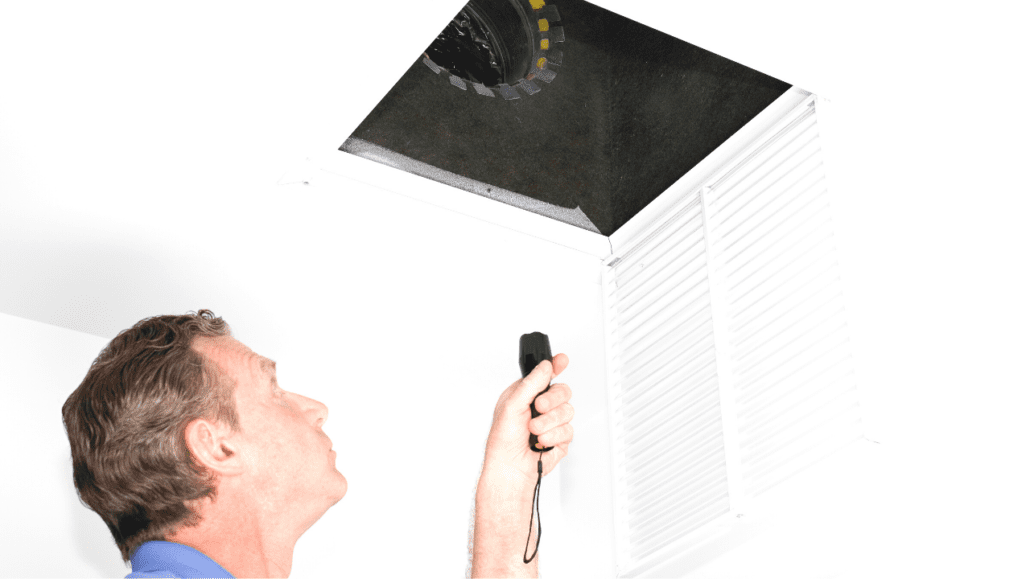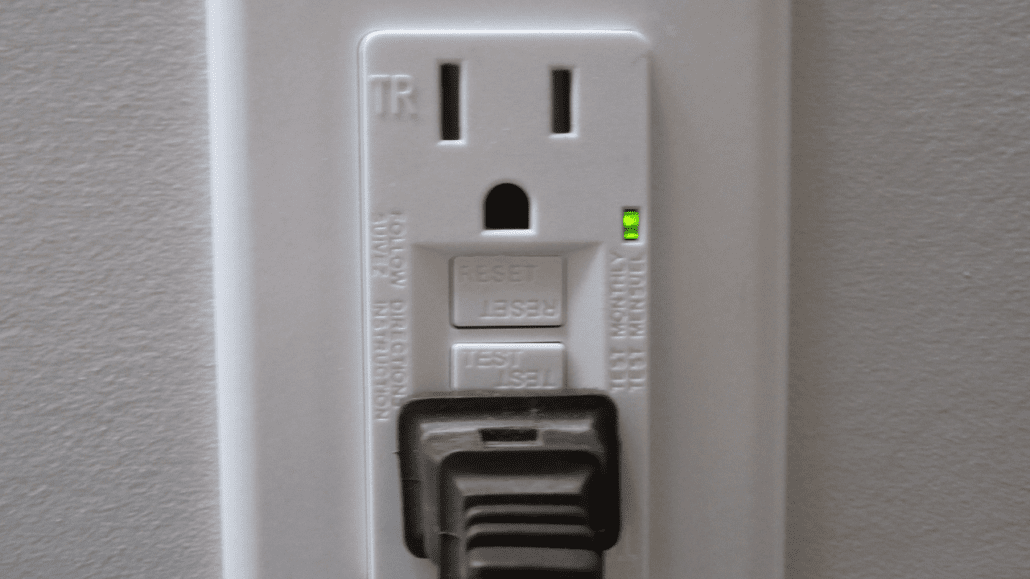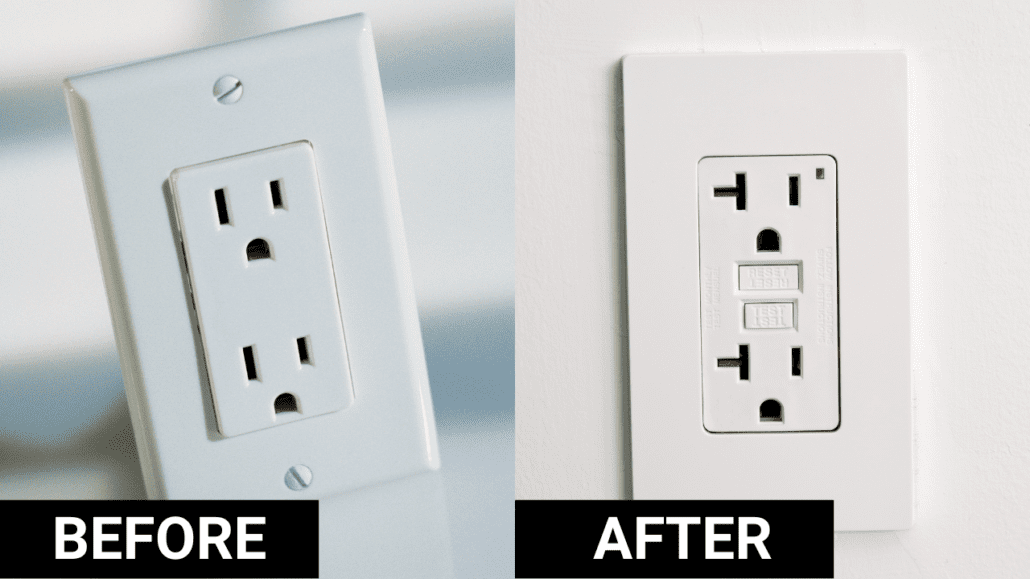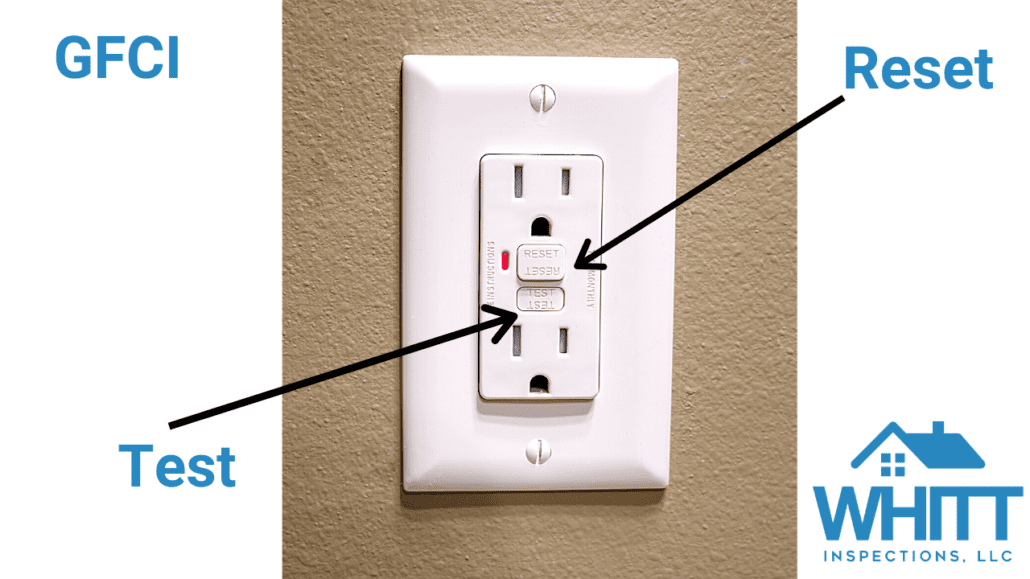Whether you’re a homeowner, a real estate agent, or a fellow home inspector, you need to recognize this one specific method of improper subpanel bonding. It can be dangerous and it’s just something you don’t want to mess around with.
Here it is: Your ground and neutral wires definitely need to bond (or connect) together. But this is ONLY allowed in the main panel— never a subpanel, or anywhere else in the home.
This is a very common mistake we see in the electrical part of your inspection. Although some “professionals” have made this mistake by failing to remove the bonding screw/strap, it’s usually more a sign of amateur electrical work.
That’s why today, we’re going to go over how to properly layout your subpanel wiring and what can happen if it’s not fixed right away.
RELATED: IS YOUR HOME FIRE SAFE?
What Are Subpanels?
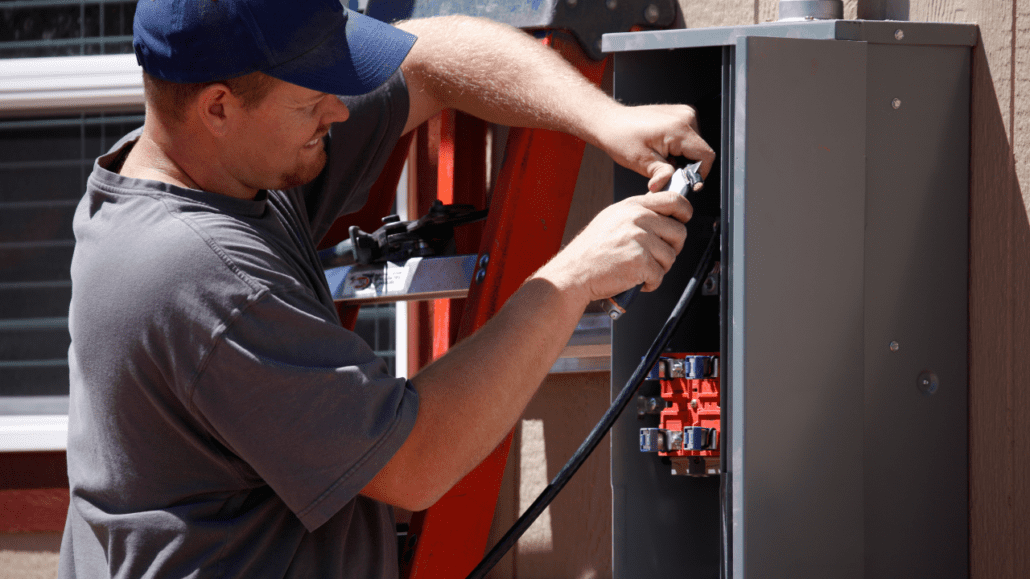
Inspectors, you can probably sit this one out. But as a brief overview, your subpanel is one of the electrical boxes at your house (sometimes it’s in the garage). Not all homes have them, as some only have a main panel only. But if you have 2 or more panels, the one with the main “service disconnect” (i.e. shut-off) is the main panel, while any other panels are considered subpanels.
You may have also heard the main panel referred to as a service panel. This is the area where you have complete control over the power within your home.
One flick of a switch, and you can turn out all the lights.
A subpanel has its own breaker switches, but not the main. These typically control specific rooms or appliances in your home or other buildings on your property.
RELATED: THE BASICS OF AFCI PROTECTION
Hot, Neutral and Ground Wiring— What’s The Difference?
In both of these panel boxes, there are four types of wires:
- Two hot wires (black or red casing)
- One neutral wire (white casing), and
- One ground wire (green casing or bare metal wire – usually copper or aluminum)
The hot wires carry the energy to a fixture (e.g. a wall plug or the stove in your house). For a 120V circuit, it will be just one hot wire. If it’s 240V (e.g. a dryer, water heater, or range/stove), then two (2) hot wires will go to those fixtures.
The neutral wires will then carry the energy (technically known as current/amperage) from those circuits back to the panel. This effectively completes the electric circuit, thus generating power.
Congratulations, you now understand how electricity works (and with just three wires)!
So what’s the point of the fourth one— the ground wire?
Ground Wires

This one provides safety.
Hot and neutral wires are dangerous because they’re constantly running electricity through them. When you have something like frayed wiring cords or loose wire connections, it can cause those wires and their electrical currents to get mixed up. This is what causes short circuits.
Short circuits can emit sparks and cause fires. This is why we always recommend that you keep your appliances and electrical devices up-to-date.
However, any potential short circuits are derailed with a ground wire because this sends all those faulty electrical currents right back to the source, or the ground.
This is why you need to separate the ground and neutral. But more on that in a second.
The main point is that the ground wire generally isn’t used at all as part of the normal circuit operation. It’s a backup (also known as a secondary or earth ground) and is only there for safety in case the neutral fails. This way, the electricity doesn’t end up energizing the body of the appliance… or a human body.
In fact, neutral wires are also called grounded conductors because they technically act as a ground as well. Consider them the primary ground. Actually, on older homes (the kind with only 2-prong outlets), there often was no additional ground.
We have come a long way!
RELATED: HOW LONG DOES A HOME INSPECTION TAKE?
Here’s What Improper Subpanel Bonding Looks Like
Your main panel and your subpanel both contain those four sets of wires.
So here’s the difference and how you can spot novice electrical work.
Below is the anatomy of the main service panel. Code Check’s image shows how the neutral wire (white) is connected to the bus bar on the right. Further down that bus bar is a screw or strap that “bonds” it to the metal bar that leads to the left side of the panel. And on the left side of the panel, you can see the ground wires (also known as the EGC/GEC’s). This effectively bonds (or connects) the neutral and ground together in the same service enclosure. But remember, this can only happen in the main/service panel – never the subpanel.
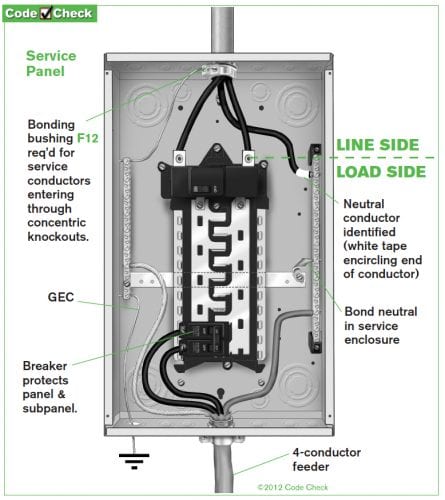
In Code Check’s subpanel wiring diagram, you can see that those neutral wires are not bonded. This means that the neutral wires are not connected to the ground wires. They both have their own individual paths in the subpanel.
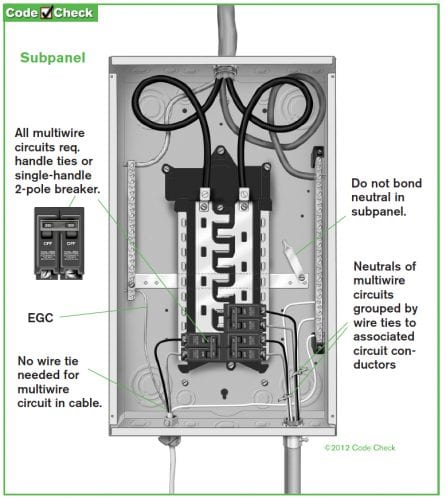
Why do you separate the ground and neutral in a subpanel?
So, why do you separate the ground and neutral in a subpanel? Because when we bond them together, it gives your neutral wire (the one carrying electrical currents BACK to the source) multiple pathways.
That’s how the chassis of some equipment will become energized. The effect can be as seemingly harmless as “I touched the fridge, and it shocked me!” To far more serious matters.
The most common issues that come from not separating ground and neutral wires in a subpanel are:
- Shock
- Corrosion
- Fire
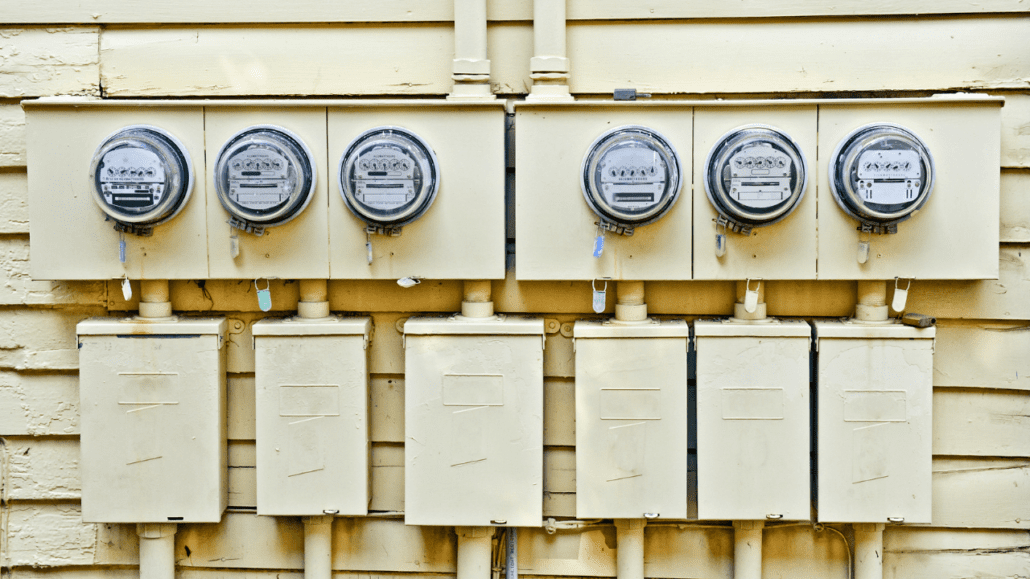
As we mentioned before, ground wires help prevent short circuits, therefore preventing things like getting a shock and house fires.
A short circuit usually happens when there are loose or frayed wires. But when there are numerous electrical faults or massive amounts of electricity coursing through these bad wires, adding a third wire to the same pathway— the ground wire— creates more risk to these events.
Thus, the ground wire needs to have a limitless path (free of the neutral wire’s electrical currents) so that it can safely prevent short circuits.
Corrosion can happen because of improper subpanel bonding as well. This is because the excessive electrical currents (coming from the hot, neutral, and ground wires) can accelerate the rate at which metal pipes or buildings start to erode.
Check out this video for a visual!
RELATED: WHAT IS GFCI PROTECTION
How To Separate Neutral and Ground in Subpanel
This is work for a qualified electrician. It’s often a simple repair, but needs to be left to the professionals.
The difference may be as simple as having a green screw or bonding strap connected in your service panel – and not having it connected in the subpanel. Sometimes we will see neutrals and ground wires terminated on the same bus bar in the subpanels as well, often when a novice adds additional circuits (such as in the garage). This is effectively bonding the ground and neutrals together. You can do this in the main panel, but never should do it in a subpanel.
Yep, separating your ground wire from the neutrals in your subpanel can be as simple as that. However, we always recommend having an experienced electrician take a look.
RELATED: ARE HOME INSPECTIONS WORTH THE COST?


